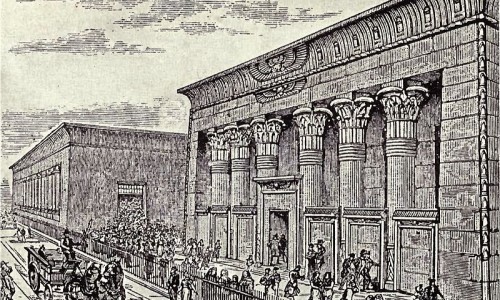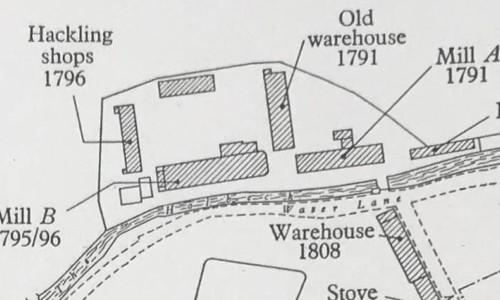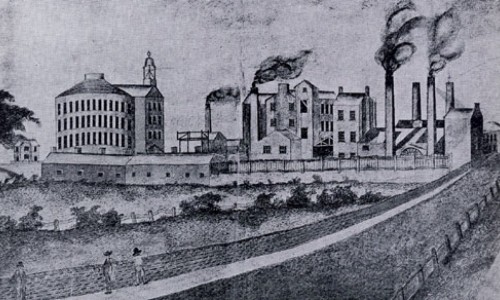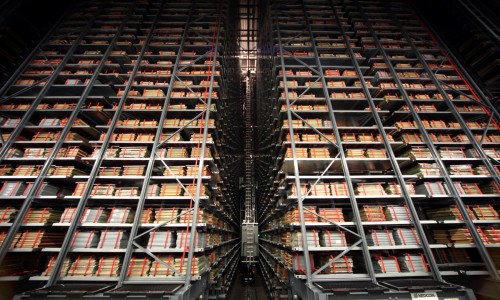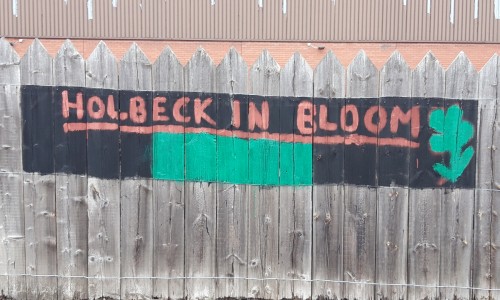Doing More Than ‘Just For The Sake Of It’
August 21, 2019
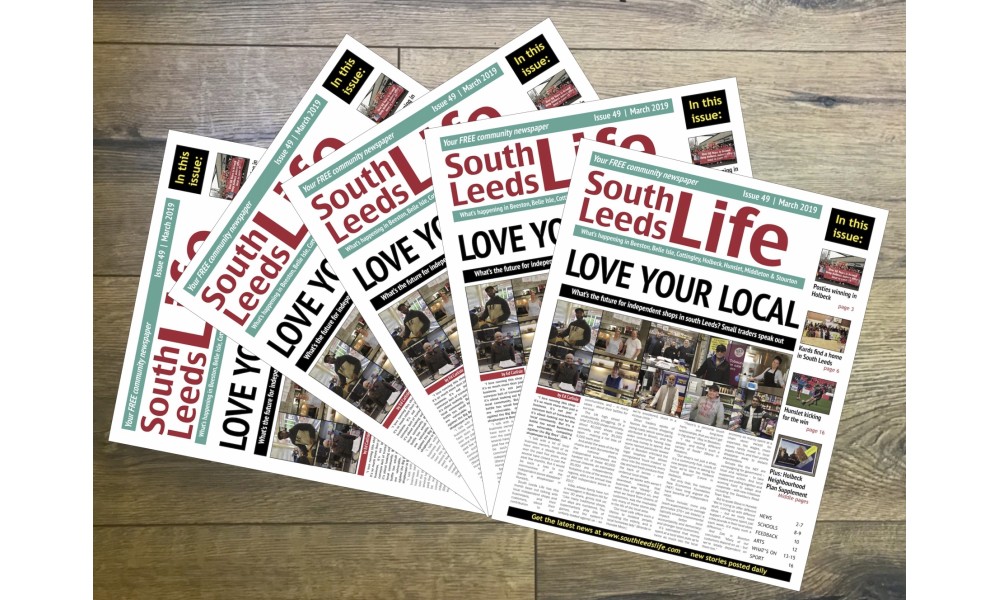
Communities can achieve things when they use their voice, but giving them a voice isn’t easy, and making them use it is even harder. Negativity can sometimes be used as a crutch to lean on, and stirring people who are finding it harder to be optimistic can take enormous strength and perseverance, and is perhaps not the arena for the easily offended.
Just ask Jeremy Morton, co-founder and editor of ‘South Leeds Life’; the website and newspaper which tasked itself with serving not just the unsettled community of Holbeck, but Middleton, Belle Isle, Hunslet, Beeston, Cottingley and Stourton too. That’s quite an undertaking for a largely thankless task, but is also a tribute to the draw of these South Leeds communities and the positive spirit they have instilled in someone who is, by birth, only an adopted Loiner.
“I came up to university like many people and stayed in Leeds” Jeremy begins over a coffee in Beeston’s snug and homely Dolce Vita cafe “I grew up in London and the south of England. Came up in 1980 and settled in Beeston in 1984 and have lived here ever since. I’ve always liked the area, it’s very friendly with a real sense of community.”
Jeremy eventually found himself working in Beeston as well as living there, making connections through his work in community development and one thing led to another.
“I’ve always dabbled in writing,” Jeremy continues “but it has been purely that, the union newsletter and things like that, no professional journalistic training or anything, so I see South Leeds Life as primarily a community development project rather than a newspaper, but that maybe explains why we’re so bad at getting advertising and keeping afloat!”
Circumstances led Jeremy to having an opportunity to develop both his writing and his community work after working on the Tiger 11 project; a Development Trust set up to create community benefits for the people of Leeds 11, and based at the Grade ll listed Hillside building on Beeston Road.
“I oversaw the project redeveloping that and then had to take redundancy because of the crash and we had just started South Leeds Life online, and I found the writing quite therapeutic in getting through some quite dark days. This was 2010 when we started South Leeds Life and I spent several years not earning a cent, but the financial pressure was off and we had space to let me toddle around with it and do that learning.”
“It started as a website,” Jeremy continues “there were a group of people that got together and combined forces, and I had come across some hyper-local sites in other parts of the country and thought ‘that’s exactly what we need’ and so did a few others, so it was a case of ‘well you chip in your bits about what your organisation is doing and I’ll throw in some free news stuff’ and see where it goes. It took a while to get going, but it did, and there’s virtually no cost involved, but we had an ambition to do a paper.”

(South Leeds Life editor Jeremy Morton)
For anyone who has had an involvement in print media, this is where things get challenging and, traditionally, any initial enthusiasm is tested. Inevitably you have to look at funding and certainly, in the case of a project like South Leeds Life, you have to rely on community spirit and the reciprocal generosity of the local organisations you have thus far been talking up. Fortunately, in South Leeds, Jeremy found plenty of support from the business community.
“The biggest thing was the whole issue with advertising,” Jeremy explains “because people won’t pay for online advertising but they will pay for print advertising, I don’t know why, and the whole digital divide, where people didn’t have access to a computer or know how to use it, and if they had regular access, were they looking for news etc? So we knew there were lots of people that we weren’t touching at all. So in June 2014 we got a grant to buy the software (to produce a newspaper) and do a test run really. The idea was that we would print a paper and take it round businesses and they’d say ‘oh that’s fantastic can we advertise in it?’ And it didn’t quite work out like that, but in the November we sort of jumped in and went for it and said ‘let’s start publishing monthly and see what happens’ and we’re five years down the line and so far so good.”
“We hit a point where someone on the committee had a brainwave of telling people how precarious the finances were, so we were probably about six months in and we were getting quite good reaction to the paper and we said to the readership ‘you need to know that we might have to stop at any time’ because we only had money in the bank for three or four more issues, and we got this reaction basically saying ‘no, no you can’t stop, what do you need?’ And particularly the Hunslet Club stepped up and virtually wrote a blank cheque for a year, Building Blocks Nursery and Slimming World helped a lot also, and from that we developed a sponsorship scheme and signed up another load of organisations in the area who said ‘yeah we want to give you a regular amount’ and that’s probably still our main source of funding.”
Both the site and paper carry the aim of allowing communities to speak out, as well as providing a news network, but in providing that platform, you have to be prepared to take the rough with the smooth. The feedback has been largely positive of course, but in an area facing a lot of thorny social issues, Jeremy has certainly experienced both sides of the coin.
“Some people disagree with us,” he says with a sense of acceptance “but that tends to be over specific issues and they still tend to read us for the other stuff anyway.”
Jeremy is also not a stranger to misconceptions over his connections and the assumption that because he knows influential people, this controls his narrative.
“We get the stuff where I like to think it’s like the BBC getting blame for being right wing AND left wing, some people think we side with the council and vice versa, and whatever issue comes up someone’s on the other side of it saying ‘well you’re biased’. But that’s just life in the media isn’t it?”
There is certainly an element of putting yourself in the firing line in terms of undertaking a community project such as South Leeds Life or anything where you are exposing the thoughts of a neighbourhood facing some difficult issues, or even just trying to understand them. In that context, Jeremy is well aware of the concern of the people of Holbeck towards any proposed regeneration, particularly when they face everyday issues happening right on their doorstep.
A principal aim of the CEG:Southbank scheme is trying to reconnect the Holbeck community with the city centre and the opportunities that offers, while still capturing the industrial history the area was built on, and delivering new, safe walking and cycling routes and better connectivity and public realm that all can enjoy. The pressing need for new pathways and safer pedestrian routes to the city centre and the Leeds waterfront is something Jeremy is well aware of.
“There’s a corridor in the Hillside building,” he continues “which links to an annexe with huge glass windows and it’s got this most fantastic view of the city centre. And when I was explaining the socio-economic situation I would take people there and say ‘right that’s the city centre, look how close it is, and in between us there’s a motorway, there’s a railway line, there’s a canal, there’s a river, there’s a beck and a road system that’s bonkers. So it’ll take you half an hour to get there, even though it’s just there’. And the other thing I noticed when I was working at Hillside was how many people do walk to the city centre from here (Beeston), you can see them streaming down the hill, and it’s a horrible walk once you get into that ‘mess’ (Holbeck), so anything that can be done to improve that route has to be a good thing. If you knew the route and you were a woman on your own, you wouldn’t want to use it.”
This is where ‘regeneration’ becomes more than just development for development’s sake, the proposal of jobs or training opportunities for local people is one thing, but seeing physical change for the better, to road networks, infrastructure and public realm, brings a richness to an area.
“My view of developers is tarnished going back to the 70s really,” Jeremy concedes “so I’m always a bit sceptical, but I’ve been very impressed by CEG. I was aware of the scheme in Holbeck before Temple Works came into the equation. So it was just another big mixed-use development on the Southbank, but obviously once they got involved with Temple Works I took a lot more interest in how they approached that. And I’m just very impressed, because commercially, why would you touch that with a barge pole? It’s a money pit. But they understood its importance and if something terrible happens to it, it’s just round the corner from your new shiny development and it’s not going to look very good, so there is a commercial angle, but they’ve been prepared to invest in it.”

(Jeremy working with volunteer writer Lucy Potter)
If Jeremy has a rounded view on the proposed regeneration, that is not necessarily shared elsewhere in the community. But typically, he has a balanced view and can see both sides.
“They (CEG) made the effort to come to the Holbeck Gala and tell people about what they were doing, so that kind of sent the right signal. I think the Holbeck community is very hard to consult, partly because they’ve been consulted about everything for the last 20 years and not much has happened, and there is a view that it’s still one of the poorest parts of Leeds.”
Overcoming such suspicion and distrust is clearly something that Jeremy is used to, and while his positive demeanour is a natural trait, it is conducive with the outlook people, bodies and organisations are beginning to form about Holbeck, and the seeds of ‘something happening’ are becoming sown in an area beset by an insular curmudgeonliness for too long.
“I think that the community is becoming more active,” he responds when I ask him how he sees the next five years for Holbeck “in some respects in a more negative way in campaigning against the managed approach, but hopefully that will start to resolve itself in one direction or another in the next five years. And I think things like Slung Low taking over the Holbeck Working Mens’ Club has been very positive, and I think that will embed and involve more people, and I know at the moment a lot of people are coming from other parts of the city, but there are people from LS11 as well going there and hopefully that’ll strengthen. And what I’d hope is that out of that, new projects will emerge and new organisations will emerge, because that’s what happened with Beeston Hill in the 90s, when it was at its lowest ebb. It started with ‘Beeston in Bloom’ putting up some hanging baskets and everyone said ‘well that’s not going to solve anything’ but what it did do is it got some people to start getting out of their doors and doing things together, and out of that other things developed.”
“Holbeck Elderly Aid are sort of changing their mission now too and that could be massive. I’m an optimist, so I’m hopeful Holbeck will go in the right direction. There’s a couple of big planning issues outstanding though. So there’s question marks, but I’m broadly optimistic.”
There are plenty of examples of joined-up thinking developing, which embrace the Holbeck Neighbourhood Plan in seeking to leave a lasting legacy and provide stepping stones to a brighter future. A case of not just doing things for the sake of it, and prioritising a quality of development, rather than simply a quantity. It’s an edict that Jeremy extends to his own future and that of the site.
“People are a bit thrown that I don’t want to take over the world,” he concludes “I’m happy keeping our focus on two postcodes. I think that’s plenty. There’s so much going on in the area we don’t have any problems filling the paper. What I really wanted to grow, and it has finally started to happen in the last two months, is getting more people involved in writing, because it’s never been about telling people what I think and some kind of munificence. It’s about telling people what’s going on and giving people a voice to talk about what’s going on in their lives. So I’m hoping that we’ll develop in that direction rather than get bigger or boost our readership. I’m not sure how much further we can increase our readership, because we’re not talking to the rest of Leeds really.”
For Jeremy it’s a case of quality content over quantity readership; a quest to bequeath an important part of the city with something that has value and meaning, when many people might expect you to be simply chasing the numbers; like a fat cat developer perhaps. A lasting legacy is difficult to achieve, in the media and in the realm of redevelopment and regeneration; where you can be here today, but gone tomorrow. Alternatively you can offer more, grow and improve things for the right reasons and change lives. A richness in development is rare, and doing more than you have to isn’t easy to do. Thankfully there is a growing band of people about in South Leeds who thrive on that challenge and for whom doing more than ‘just for the sake of it’, is pretty much the norm.

.jpg&w=500&h=300)
